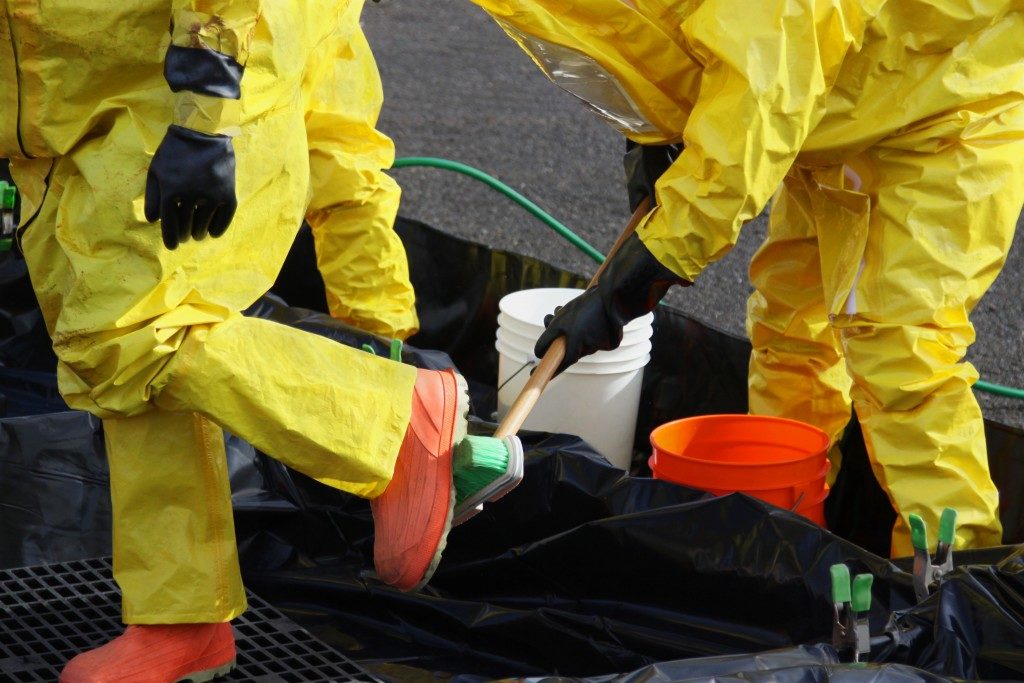When you run a business in the food or agricultural industries, there’s a good chance you might occasionally need to handle and store potentially dangerous chemicals. Substances used for cleaning or pest control, or even preservatives and food additives can present a hazard, especially in a concentrated state.
Your main operations may not revolve around handling industrial chemicals, but your employees must be aware of the proper safety measures involved. Here are the basic steps you’ll need when laying down safety procedures for your workplace.
Study the SDS
A material safety data sheet, or SDS, is provided by the chemical manufacturer or distributor and must be on hand at the workplace. You, as well as employees who may be involved with the direct handling, transport, or disposal of these chemicals, should review the SDS carefully. This will lead to better risk assessment, inform each of the succeeding steps, and ultimately lead to the creation of a safer workplace.
Observe labelling standards
Correct labelling of chemical products begins with the manufacturer or supplier. However, once these substances are decanted or transferred, the responsibility of proper labelling falls on your business. Make sure that any transfer of substance is done with the corresponding label attached following the manufacturer’s standard.
Personnel involved the handling of these chemicals should also be responsible for their tracking and inventory. You should have an up-to-date list of all chemical substances on your premises, including their date of purchase and opening, volume, and disposal. This gives you an accurate overview of the flow of hazardous chemicals through your business operations.
Devise handling procedures
Based on the chemical SDS information, create a set of company-specific instructions for safe handling procedures that is suited to the nature of your business and the application of these substances. These procedures must ensure the safety of both employees in the workplace as well as the environment, so make sure to include waste disposal measures.
Personal protective equipment (PPE) such as full-body suits, gloves, boots, goggles and the like, may be required. It’s your responsibility to provide PPE for all employees who directly handle these substances and see to it that these are worn at all times when dealing with the chemicals in question.
Consider storage
There will usually be instructions in the SDS regarding proper storage of chemicals. Set aside a storage area with the appropriate ventilation, temperature, and physical barriers. This reduces the risk of unnecessary contact, particularly when dealing with volatile, flammable, or acidic chemicals. When it comes to decanting or transporting chemicals, use highly resistant materials for everything which could get exposed – from measuring jugs to carriers or carts.
Prepare for emergencies

You should also come up with a proper risk management policy to deal with unexpected situations. Provide the basic first aid and other emergency supplies that your employees would need, and make sure that information on where to locate and how to use them is given during training. Along with that, outline an emergency response plan for situations such as chemical spills, and update your fire safety protocols as well for coverage of scenarios involving the stored chemicals.
Managing chemical hazards may not be your main line of business, but using them in your operations must be accompanied by the appropriate workplace safety measures. Follow these steps, and you can easily create your company-specific procedures.



